Item: How to optimize the lighting budget in a B2B project?
How to optimize the lighting budget in a B2B project?
In a professional project, lighting is much more than just a decorative detail: it influences comfort, productivity, energy consumption, and the brand image of the place. Yet, it is also one of the most often underestimated budget items. Whether you are an architect, decorator, facility manager, or commercial space manager, mastering the lighting budget can help you make substantial savings. In this article, we share our tips to optimize your lighting budget in B2B, from choosing fixtures to planning your needs, all the way to return on investment. Follow the guide!

Why properly managing the lighting budget is crucial in B2B
In a context where energy performance, profitability, and brand image have become priorities, managing the lighting budget takes on strategic importance in any B2B lighting project. Whether for a hotel, restaurant, coworking space, or store, lighting is not just functional: it influences customer experience, regulatory compliance, and operating costs.
Control direct and hidden costs

Lighting can account for up to 30% of a professional building's electricity consumption. Choosing unsuitable luminaires or underestimating maintenance costs can quickly increase the bill. Conversely, investing in a well-thought-out system generates sustainable savings thanks to reduced consumption, superior LED durability, and limited maintenance.
Strengthen brand image
Well-designed lighting enhances architecture, products, and materials. In retail as well as in upscale hospitality, it helps create a distinctive ambiance consistent with the establishment's identity. With the same budget, two luminaire choices can produce radically different aesthetic results.
Comply with environmental and regulatory standards
Tertiary lighting projects must comply with increasingly strict regulatory requirements, notably RE 2020 or, for existing buildings, obligations related to energy renovation. Good lighting helps achieve these goals, especially through the use of efficient LED luminaires compatible with intelligent control systems (presence detectors, automatic dimming, etc.).
Contribute to user comfort and satisfaction
In an office, lighting that is too dim or too harsh harms concentration. In a hotel, poorly controlled lighting ambiance can degrade the customer experience. By optimizing lighting from the project design stage, we improve not only user well-being but also the perceived value of the place.
Plan effectively to avoid additional costs
Poor upfront planning is one of the most common factors leading to budget overruns in professional lighting projects. To avoid costly mistakes, it is essential to structure the project precisely, taking into account the specific uses of each zone, technical requirements, and current standards.
1. Conduct a needs audit by zone
Each area of an establishment has different uses: an entrance hall does not require the same light intensity as a meeting room, a corridor, or a storage area. A lighting audit helps determine the type of luminaire, color temperature, and ideal placement according to the functions of each zone.
2. Defining illumination levels (lux)
The required brightness level is expressed in lux and varies according to the activities carried out in the space. For example, standards recommend about 300 to 500 lux for offices, 200 lux for passage areas, and up to 800 lux for precise workstations. Planning based on these levels ensures both comfort and regulatory compliance without unnecessary overconsumption.
3. Taking technical constraints into account
IP and IK standards (water and shock resistance), ceiling height, presence of false ceilings, thermal constraints or humidity: all factors that influence the choice of lighting fixtures. Neglecting these elements can lead to wrong choices or even premature replacements. To ensure LED bulb reliability and consistent performance over time, these parameters must be integrated from the tender or design phase.
Choosing your professional lighting fixtures well

Good professional lighting is not chosen at random. Models intended for businesses differ greatly from residential ones, especially in terms of power, efficiency, lifespan, or compliance (CE, RoHS). Moreover, some environments require compatibility with lighting management systems like DALI, which demands rigorous selection from the study phase.
A professional lighting fixture must meet strict technical criteria while adapting to the specific use of each space: shop, open space, restaurant, or outdoor area. Making the right choice means investing in performance but also avoiding premature replacements and maintenance issues.
Here are some types of lighting fixtures often recommended based on usage:
- Recessed LED spotlights for shops, combining aesthetics and directional lighting
- LED panels for offices, providing uniform light without glare
- Solar street lamps for public outdoor areas or zones not connected to the grid
- IP65 wall lights for technical areas, resistant to humidity and dust
A good knowledge of the products also allows anticipating maintenance needs or LED relamping, for durable and economical installations.
LED Relamping: the real return on investment
While purchasing LED lighting represents an initial investment sometimes higher than traditional solutions, their medium-term profitability is no longer in question. Thanks to very low electricity consumption, consistent luminous performance, and almost nonexistent maintenance, LEDs enable significant energy savings from the first year of use.
For companies already equipped with obsolete lighting fixtures, LED relamping is an effective strategy to modernize their inventory without replacing the entire lighting system. It often simply involves changing the sources while keeping the existing supports, thus reducing intervention costs.
The LED lighting installation cost may seem high initially, but it is quickly amortized. Depending on the uses and spaces involved (offices, reception halls, shops, etc.), the return on investment generally occurs within 1 to 3 years, with a net gain over the total lifespan of the equipment.
Moreover, the durability of LEDs (which can reach 30,000 to 50,000 hours) significantly reduces costs related to replacement and maintenance. This longevity makes it a sustainable solution, both economical and ecological, for any business lighting project.
Working with a B2B lighting expert supplier

In any professional project, partnering with a reliable provider makes the difference. Collaborating with a B2B lighting specialist allows you to secure your technical choices, save time during the design phase, and optimize execution thanks to adapted logistics. We support companies, architects, and installers in choosing their lighting fixtures: pro range, personalized advice, tailored quotes, regulatory assistance... everything is designed to simplify your project.
Our customer service dedicated to professionals is responsive and attentive to your constraints (schedule, budget, technical environment). By choosing a specialized supplier, you benefit from end-to-end support, from equipment selection to fast delivery on site or at a pickup point.
Discover one of our completed projects: 800m2 development at La Défense.
Conclusion
A well-thought-out lighting strategy is not limited to aesthetics. It helps sustainably reduce costs, comply with current standards, improve user comfort, and enhance your establishment's image. By investing in high-performance equipment, rigorous planning, and tailored support, you maximize the return on investment of your professional lighting project.
Need advice or a quote for your installation? Our team of experts supports you at every step, from product selection to delivery. Contact us via our Pro contact form to start your project with confidence.

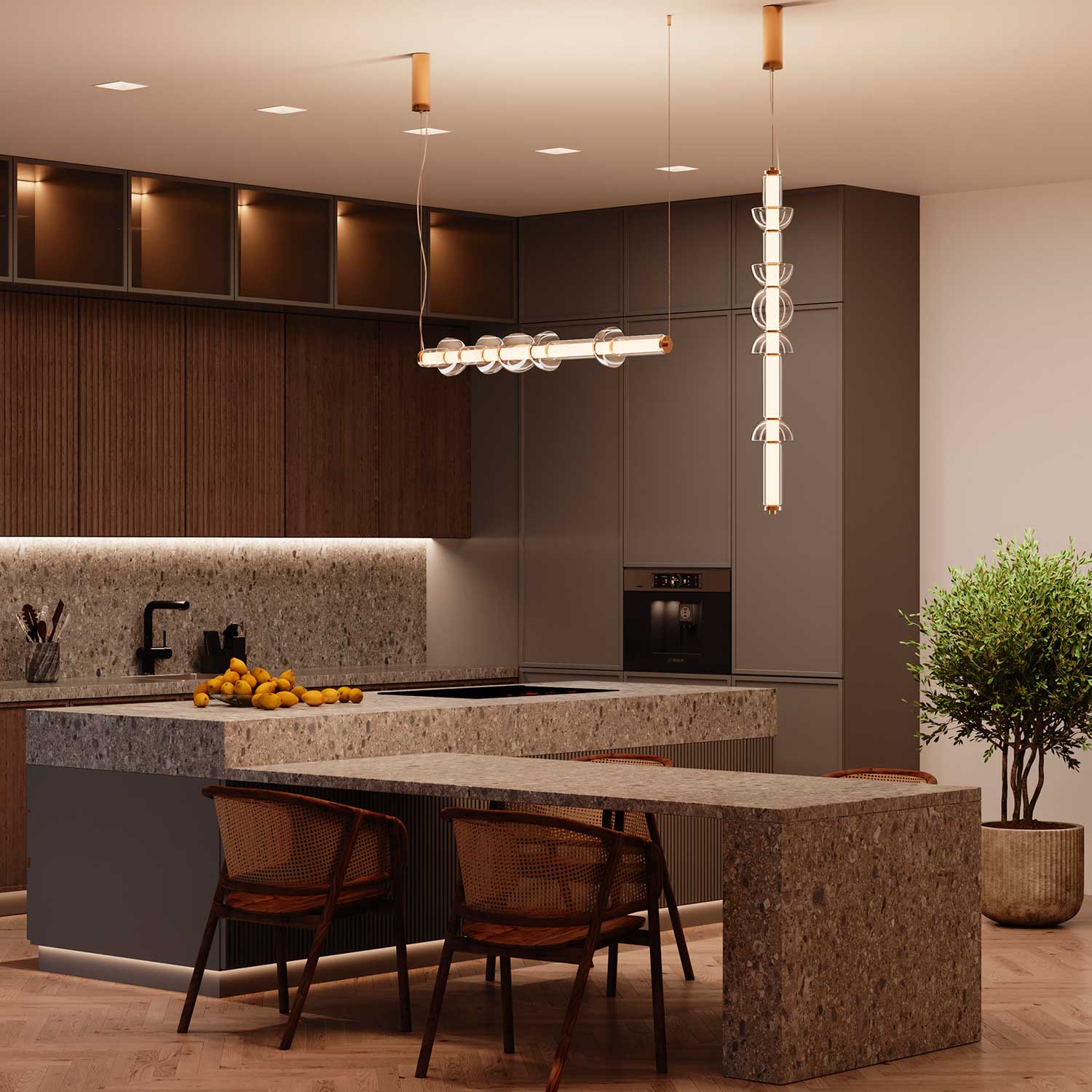
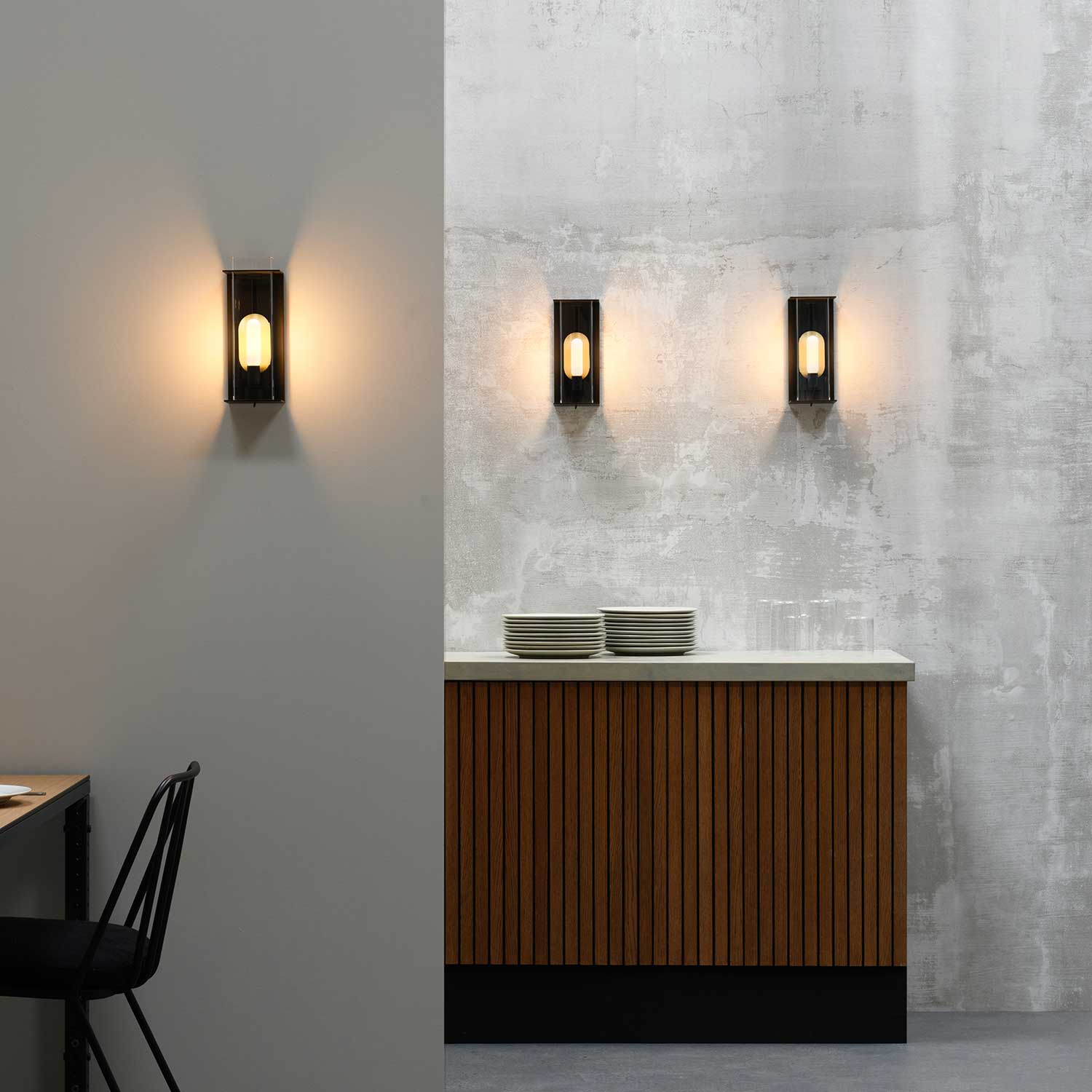
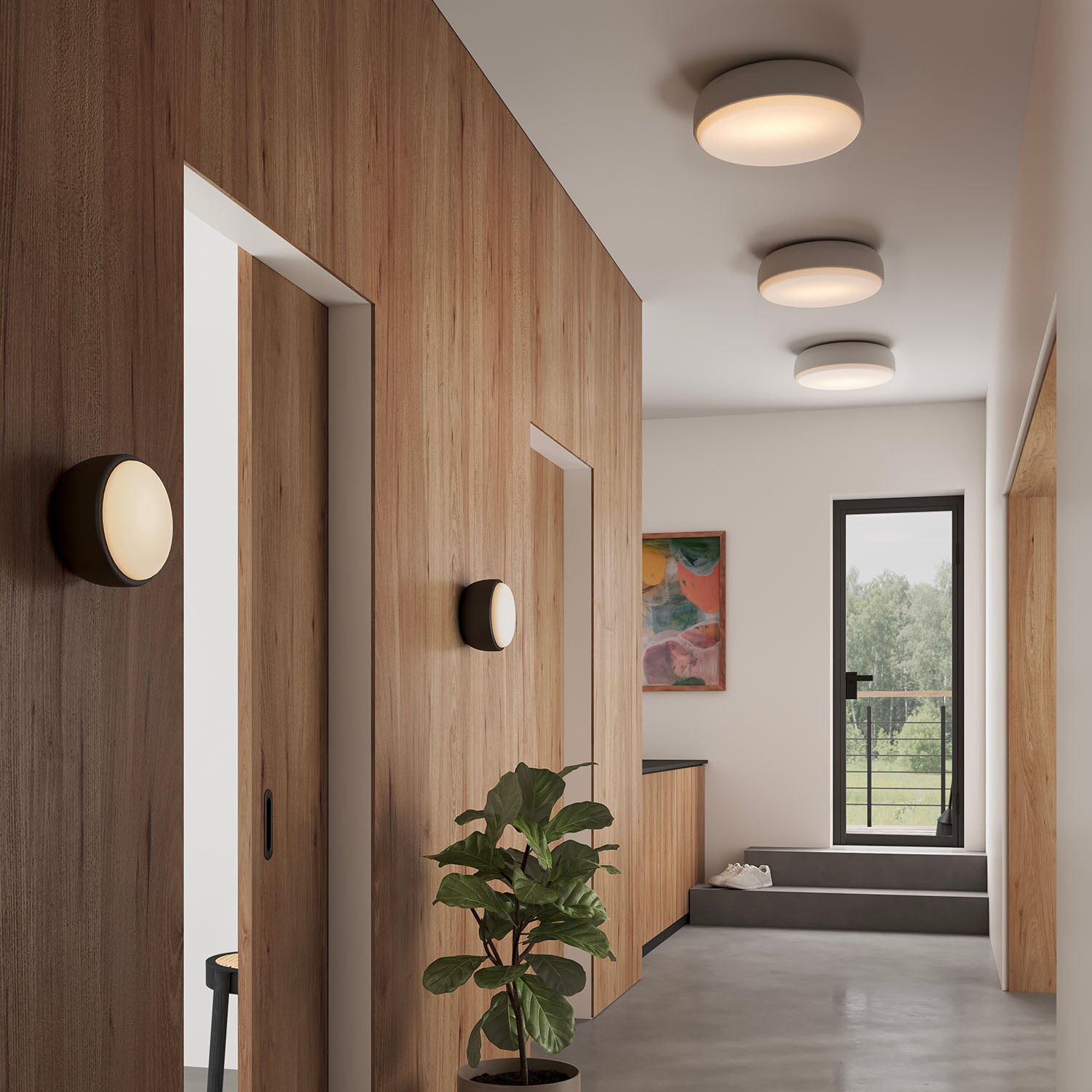

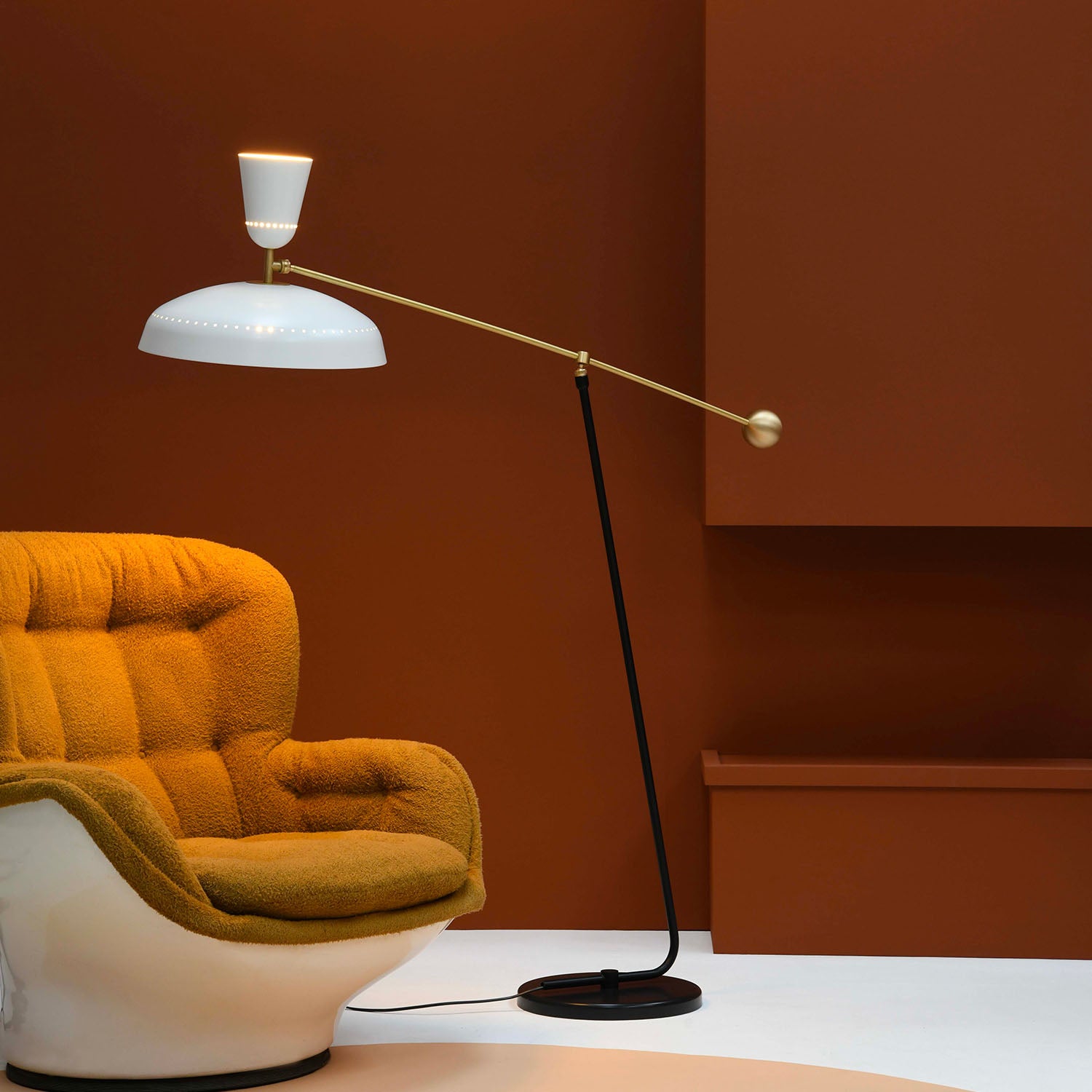
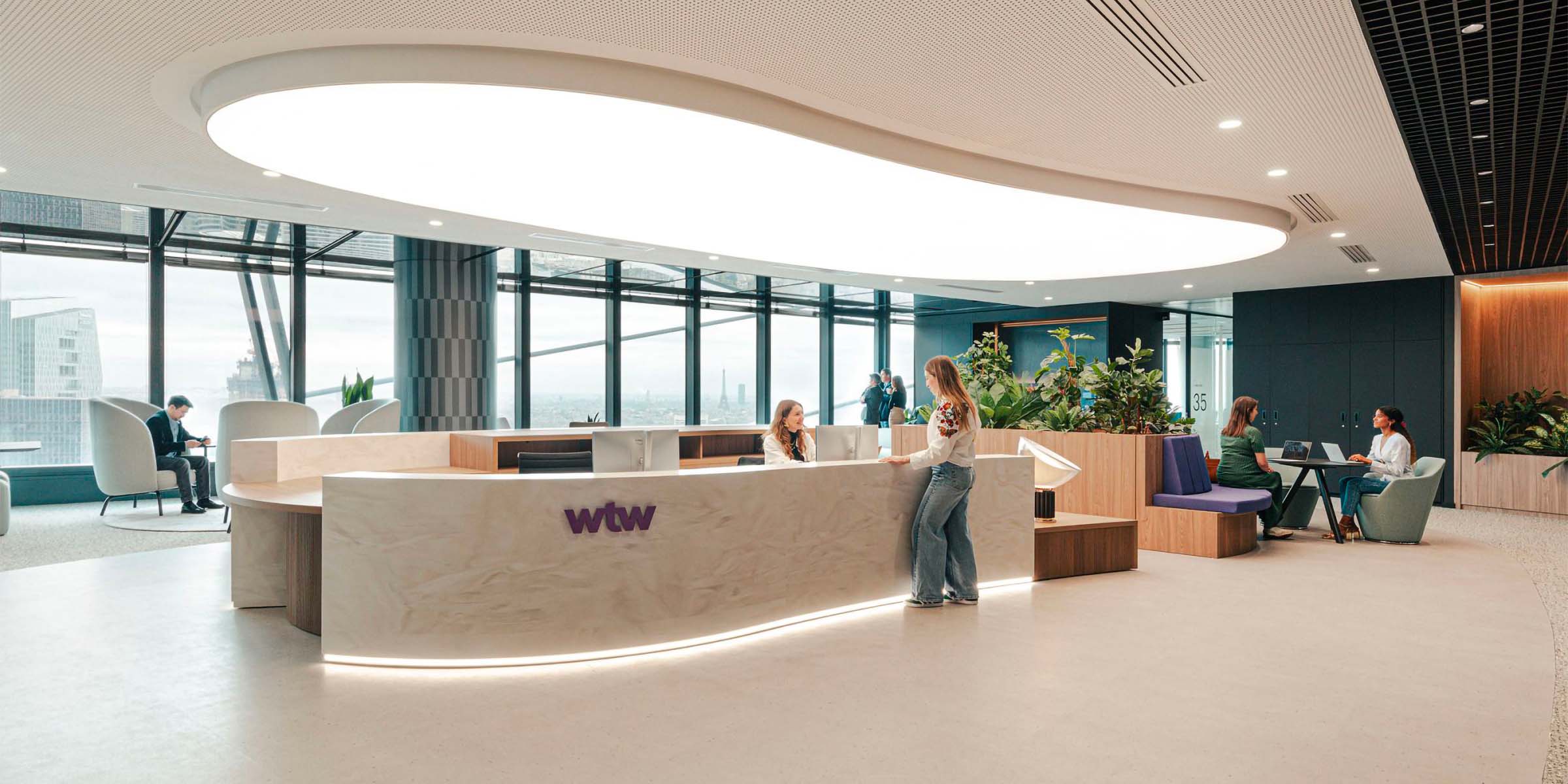
Leave a comment
This site is protected by hCaptcha and the hCaptcha Privacy Policy and Terms of Service apply.